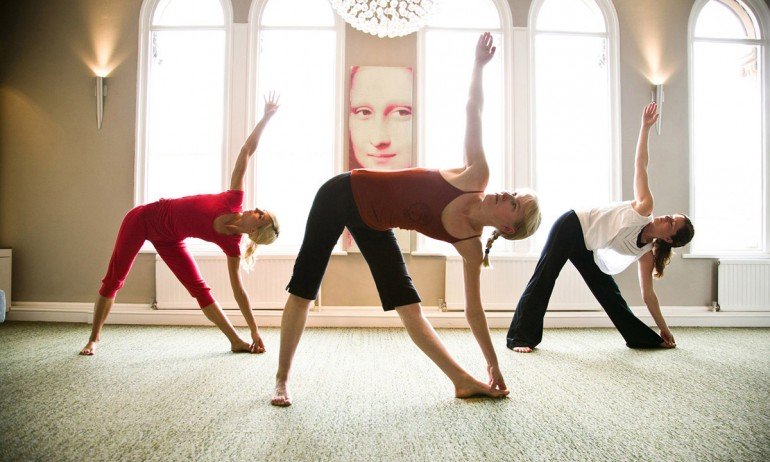I still practice Ashtanga.
Just not every day. I practiced every day while I was in India up until 3 months ago and when I began to travel. However, I stopped practicing every day and have gone back to a more diverse practice of general Hatha poses. But there are some major reasons why I stopped practicing Ashtanga every day and starting practicing it more like twice a week. You should know them
- Muscle mechanics – Muscles are designed to handle unforeseen obstacles, in fact they perform extremely well in a diverse landscape and require different types of movements than only the poses of the primary series to functioning optimally. We are not meant to walk on treadmills, we are meant to climb hills and rocks, ice and mountains. There are fundamental movements that are missing from Pattabhi Jois‘ method, originally prescribed by Krishnamacharya. Low lunges, certain types of sitting, abdominal exercises, and back lengthening are all missing from Krishnamacharya’s sequences, likely because they were as necessary in the lifestyles of young Indians at the time. With modern science, especially in the fields of anatomy and physiology, we can structure other exercises to compliment the poses of the primary series to make our practice of the old method more efficient.
- Injuries – It’s easy to get injured while practicing Ashtanga, especially while practicing every day. Some studies have posted numbers as high as 60% of people who practice Ashtanga get injured and I would be willing to bet a lot of the injuries are knees, ankles, and toes. When you practice the same routine every single day it is easy to become somewhat mindless in the practice and to allow things to move on autopilot. This is not necessarily very good for your muscles either because they get used to the same movements and over time try to create shortcuts. Muscle confusion is a good remedy for this.
- Sense of Progress – Ashtanga give the practitioner a false sense of progress every day. You become efficient and masterful at certain asanas while forgetting others and focusing on a non-existent path in Ashtanga. The path is the same whether you practice Ashtanga or not and being able to perform yoga poses should only lead to a sense of internal triumph, rather than comparative progress. Where is yoga taking you anyways?
- Time – Yoga is a huge time commitment. Ashtanga is oftentimes an even bigger one, with full sequencing and the need to warm up and prepare mentally. I like to take 2 hours to practice Ashtanga, it gives me plenty of time for headstand and the closing sequences and I don’t feel rushed. Did I mentioned I spent 10 breaths in a lot of poses?
- Variation is beautiful – Why practice only one style of yoga? We are born into an age with seemingly limitless traditions and styles to draw from, we should take advantage of this. Incredibly skilled teachers also seem to be popping out like daisies so take advantage while you can!
I also do other forms of exercises, like running, and climbing, hiking, and generally spend a lot of time outside. You should switch it up every once in a while, your body will love you for it!
See a few more articles about Ashtanga here:

